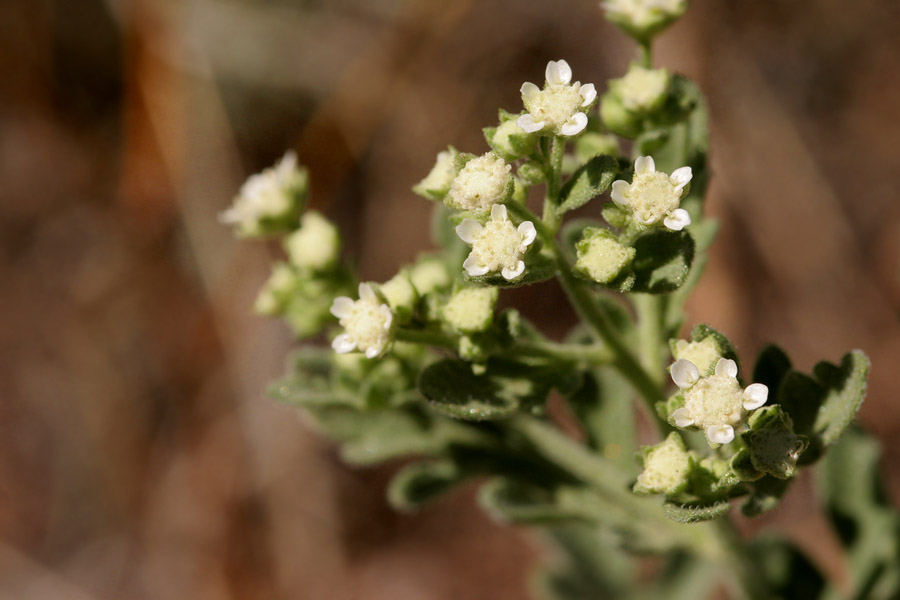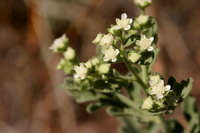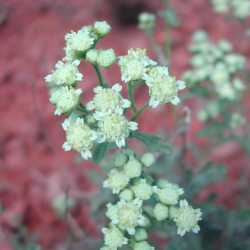Annuals, biennials, perennials, subshrubs, or shrubs [treelets], 1-120[-400] cm. Stems ± erect, usually branched. Leaves usually cauline, sometimes in rosettes; alternate; petiolate or sessile; blades elliptic, lanceolate, linear, lyrate, oblanceolate, obovate, ovate, rounded-deltate, spatulate, sometimes (1-)2-pinnately lobed, ultimate margins entire or toothed, faces usually hairy and gland-dotted (at least the abaxial). Heads usually radiate, sometimes ± disciform (P. alpinum), usually borne in corymbiform or paniculiform arrays (in glomerules in P. argentatum, borne singly in P. alpinum and P. ligulatum). Involucres ± hemispheric [rotate], 3-8(-12+) mm diam. Phyllaries falling, 10(-16) in 2 series, usually distinct (partially connate in P. alpinum), outer 5(-8) herbaceous to scarious, inner 5-8 ± scarious to membranous. Receptacles flat to conic; paleae cuneate to flabelliform, scarious or membranous, distally papillate and/or fimbrillate, all or the peripheral each ± enfolding a disc floret. Ray (pistillate) florets 5(-8), fertile; corollas ochroleucous, tubes stout, glandular, laminae oblong to reniform or orbiculate, or ± coroniform (none in P. alpinum). Disc florets 12-60+, functionally staminate; corollas ochroleucous, funnelform, lobes 5 (filaments distinct, anthers connate). Cypselae (black) oblanceoloid, obovoid, or pyriform, often ± obcompressed (shed together with subtending phyllary and 2 contiguous disc florets and their investing paleae); pappi 0 (shoulders of cypselae may bear 1-3 pappus-like, triangular to ovate, or ± subulate enations). x = 9.
Heads radiate, the rays few, short and rather inconspicuous, white or yellowish, pistillate and fertile, the expanded part rarely wanting and the heads thus disciform; invol of 2-4 series of broad, ±imbricate, dry and scarcely herbaceous bracts, the inner subtending the rays; receptacle small, convex or conic, chaffy; disk-fls staminate, with undivided style; ray-achenes flattened parallel to the invol bracts, their subtending bracts joined at base to the 2 or 3 adjacent receptacular bracts, thus partly enclosing the achene, the whole commonly falling as a unit; pappus of 2 or 3 short or elongate awns or scales, or nearly obsolete; bitter, aromatic herbs (ours) or shrubs with alternate, entire to pinnatifid lvs and rather small hemispheric heads. 16, New World.
Gleason, Henry A. & Cronquist, Arthur J. 1991. Manual of vascular plants of northeastern United States and adjacent Canada. lxxv + 910 pp.
©The New York Botanical Garden. All rights reserved. Used by permission.








